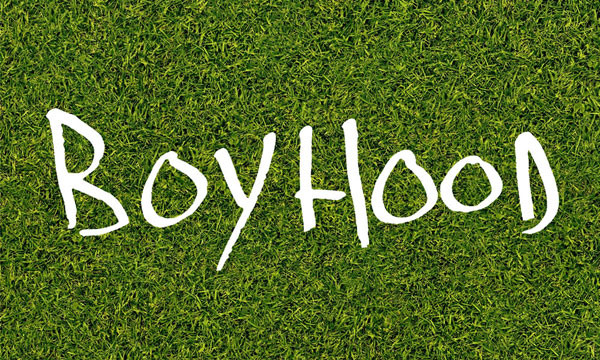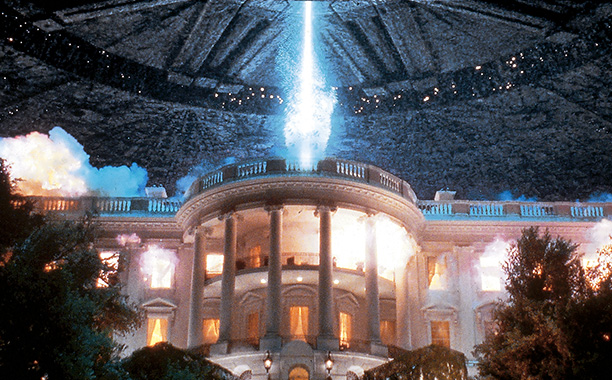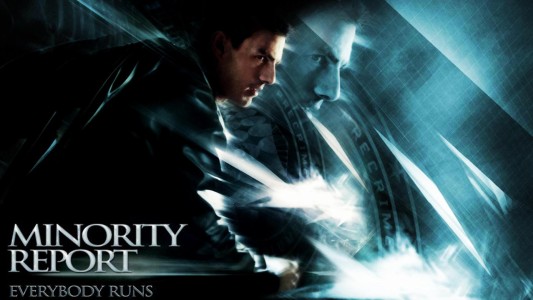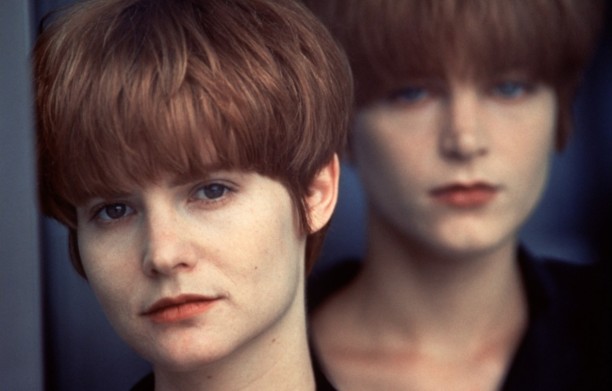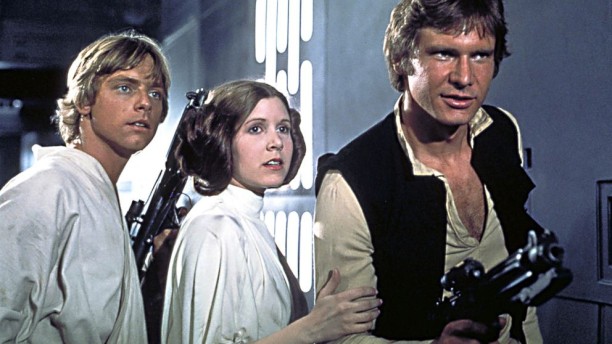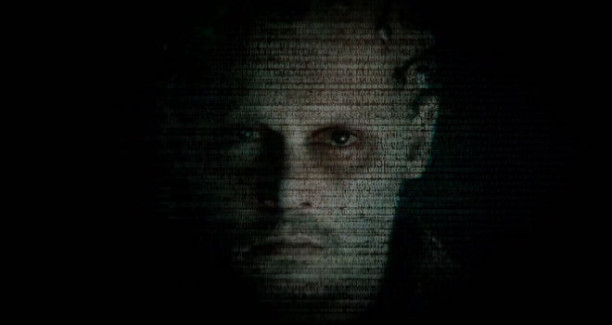Richard Linklater’s sprawling and yet intimate account of a boy’s childhood is perhaps one of the most accurate portrayals of time that there has ever been in cinema. Beginning in 2002 and ending in 2014, Boyhood charts the subtle changes which take place over time, both in the protagonist, Mason’s, life and in wider culture. Whilst social change in this period is not as marked as, say, that between the 1960s and 1970s, or the 1970s and 1980s, there are many changes in the way in which the characters live. Growing from a 6 year old to a young adult of 18, Mason’s body gradually changes on-screen, unmarked by Linklater so that before we have time to adjust, he has already grown up.
Linklater took twelve years to complete his work. He filmed for a few weeks each year, plotting the natural development of Mason throughout his boyhood and America during this period. Whilst naysayers have shot down Linklater’s work, asking why he didn’t just artificially construct this period of change through film, their protestations seem ill-founded. Were he to have done so, Linklater would have overlooked the subtle changes which happened in culture and technology over this time, reverting to stereotypes of the era in order to make us aware of the passing of time. In this condensed film, we would have seen silver brick phones transform themselves in ever-sleeker models. Televisions would become more and more skinny, sucking in their chubby sides to become what they are today. If Linklater had tried to replicate the passing of the past into the present (or the future, depending on how you look at it), he would have instantly dated his film and therefore, thrown away the subtle beauty of his work.
In ten years time and beyond, we will look back at Boyhood as a work of its age, one which, whilst very much rooted in the time in which it is set, does not do so to such a degree that it will alienate those who didn’t experience it. It is content – not future – centered. But what about films that explicitly try to say something about time? Films which are either set in a distant future or based around lavish technological change don’t tend to hold up much longer than their cinematic run. Normally created to put the fear of God into their viewers (we’d better watch technology, guys! We’ll be overrun by robots in ten years, max), they age as a general yawn-fest, unrelatable and ultimately, failing to leave any kind of mark.
With that in mind, then, let’s buckle up, set our time machines to rewind and visit some of the more, er, unsuccessful visions of the future.
Independence Day (Roland Emmerich, 1996)
For some, Will Smith can do no wrong. For others, well, he’s had his moments. Independence Day hits somewhere in the middle, forgiven for its faults due to Smith’s likeability factor. This film has three major factors: explosions, lasers and sass. Smith’s got the sass part down but it’s in the special effects that the film just becomes a little painful. Lasers were a BIG DEAL in the ‘90s but now they just feel a little been-there-done-that. Teamed with the obligatory military-style font clacking across the screen every five minutes, it all seems a little tired. Thank goodness the aliens didn’t invade earth. Had they done so, there would have been a resounding “is that it?” from the skies.
Minority Report (Steven Spielberg, 2002)
In Spielberg’s sci-fi film, THE FUTURE is the bad guy. Maybe you should stay back in 2002, Steven because from 2014, the film doesn’t look so great. Sure, who doesn’t want a sideways car? I know I do. Whilst the idea that adverts should follow us into our everyday lives is frighteningly accurate, the spectacle of the film at large really doesn’t hold up 12 years down the line. Although shell-shaped flying machines and mechanical spiders all felt like a good idea at the time, now, they prevent the film from being appreciated from a non-temporal standpoint.
Single White Female (Barbet Schroeder, 1992)
The first (and only) non science-fiction film in our list, Single White Female should act as a warning for all. Finding her roommate by placing an ad. in a newspaper, it’s hard to feel sorry for protagonist Allison Jones. In a world before comic sans, or even Wordart, it probably was impossible to find a ‘normal’ person through an advert. Clearly only the insane react well to block type.
Star Wars (George Lucas, 1977)
Before I go into this, I’m sorry. Star Wars is an undeniably huge franchise, close to the hearts of countless individuals. And yet, when I watch it, all I can think of is how did Luke Skywalker actually fit in that model spaceship and how terrifying I find Wookie (look him in the eye and be haunted for life). Despite its massive international success, Star Wars proves that even the most beloved of films can age really, really horribly.
Transcendence (Wally Pfister, 2014)
It’s at this point that we look forward to the future ourselves, predicting what 2024 us will think of Pfister’s sci-fi-philosophical work. The film questions the price we pay with our level of technological interaction and whilst it seems very shiny and futuristic today, I can’t shake the feeling that in a few years time, we will look back at the effects and hang our heads in shame. Sorry Pfister, but if we can ever upload our consciousnesses online, I think we’re much more likely to be living in a virtual candy crush than questioning the meaning of life.
And so we have it: A couple of the most dated films that try to teach us about the future. Who knows, maybe we will live in shell-shaped space ships which travel horizontally and connect only by the use of lasers. One thing’s for sure, as long as we don’t have Bridget Fonda’s haircut in Single White Female, we’ll be winning.


